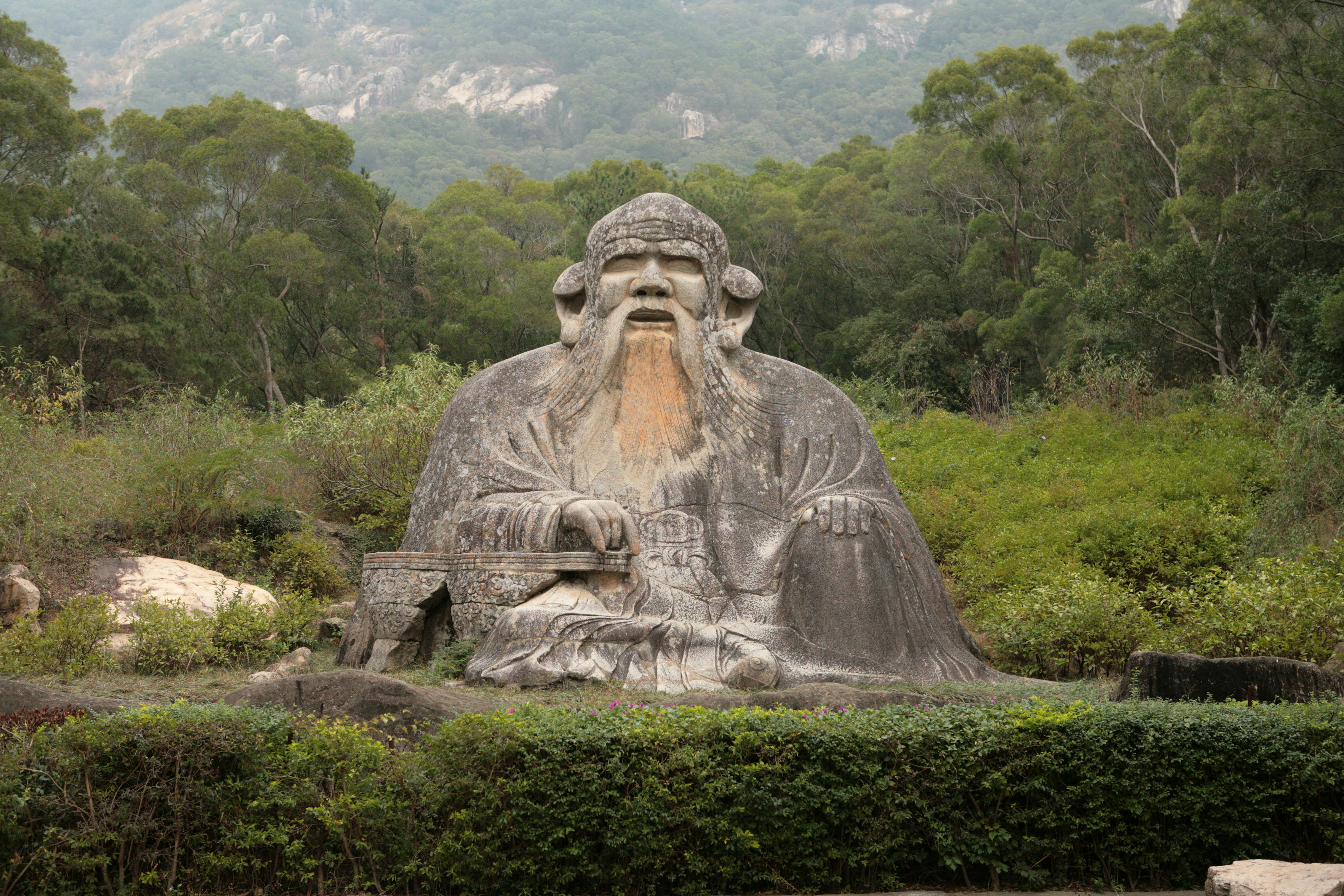The article, Reconstructing Taoism’s Transformation in China from The New York Times discusses the philosophy called Taoism and how help us deepen our understanding of early Chinese history. Taoism is a Chinese philosophy based on the writings of Lao-Tzu. It's central idea or message is to just go with the flow of things in life. Many people follow and believe in this philosophy while others are more skeptical of it and how it works. In early China, Taoism was viewed in two different ways. "Daojiao” is the religion Taoism, while “daojia” refers to philosophical works associated with Laozi and Zhuangzi, such as the Daodejing. The Taoist canon holds all the religious texts of Taoism. It gives us multiple pieces of information which make it easier to put together the aspects of early Chinese history. For example, we know that China never had an alternative political model other than their emperor, and it stayed that way for a great number of years. However, the early history of Taoism contradicts that. It shows a system of government that is surrounded around "tianshi", celestial masters. The new political structure, "Great Peace" was brought up by the celestial matter in order to create equal treatment for all individuals. We can also conclude that there are no physical traces of the founding period of religious Taoism, most likely because they did not use physical objects for worship, they just used their own minds. Another piece of information that helps us deeper understand early Chinese history is that Taoism today is descended from the second century religious movement. We can conclude that many modern rituals of today stem from this, priests still use many of the same terms and practices.
Wednesday, October 26, 2016
How can Taoist texts help deepen our understanding of early Chinese history?
The article, Reconstructing Taoism’s Transformation in China from The New York Times discusses the philosophy called Taoism and how help us deepen our understanding of early Chinese history. Taoism is a Chinese philosophy based on the writings of Lao-Tzu. It's central idea or message is to just go with the flow of things in life. Many people follow and believe in this philosophy while others are more skeptical of it and how it works. In early China, Taoism was viewed in two different ways. "Daojiao” is the religion Taoism, while “daojia” refers to philosophical works associated with Laozi and Zhuangzi, such as the Daodejing. The Taoist canon holds all the religious texts of Taoism. It gives us multiple pieces of information which make it easier to put together the aspects of early Chinese history. For example, we know that China never had an alternative political model other than their emperor, and it stayed that way for a great number of years. However, the early history of Taoism contradicts that. It shows a system of government that is surrounded around "tianshi", celestial masters. The new political structure, "Great Peace" was brought up by the celestial matter in order to create equal treatment for all individuals. We can also conclude that there are no physical traces of the founding period of religious Taoism, most likely because they did not use physical objects for worship, they just used their own minds. Another piece of information that helps us deeper understand early Chinese history is that Taoism today is descended from the second century religious movement. We can conclude that many modern rituals of today stem from this, priests still use many of the same terms and practices.
Subscribe to:
Post Comments (Atom)

No comments:
Post a Comment